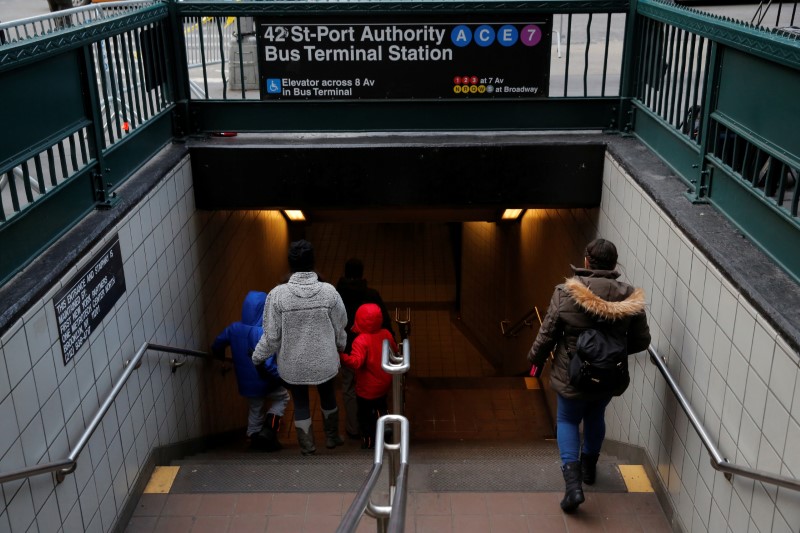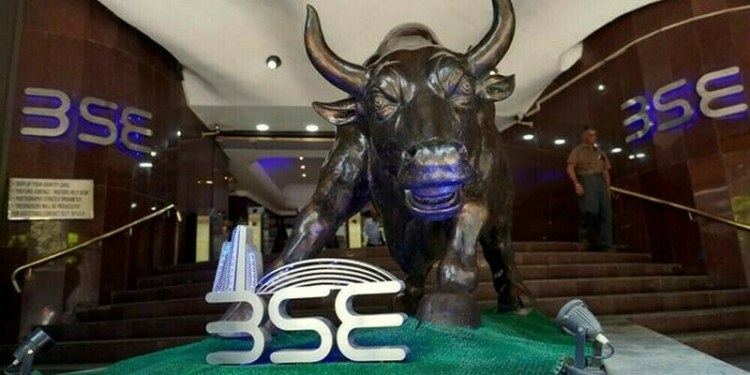 © Reuters. People enter the subway station by the New York Port Authority Bus Terminal following an attempted detonation during the morning rush hour, in New York City
© Reuters. People enter the subway station by the New York Port Authority Bus Terminal following an attempted detonation during the morning rush hour, in New York CityBy Jonathan Spicer
NEW YORK (Reuters) – In New York City, where the range of incomes of its citizens is reflected almost perfectly in its subway riders, lower-income riders have been disproportionately impacted by train delays, a study published on Wednesday showed.
These riders are forced to wait out even the worst disruptions in part because they live too far from other trains and cannot afford alternatives like taxis, according to the findings of economists at the Federal Reserve Bank of New York. The study analyzed data on subway delay times, track work, and alternative options for riders across Brooklyn, Queens, the Bronx and Manhattan.
“Aside from the obvious frustration of unanticipated delays, longer commutes mean people risk losing pay, or even their jobs, and may have less time to invest in their health, education, and children,” wrote the authors, Nicole Gorton and Maxim Pinkovskiy. “That is bad news for all New Yorkers.”
Those with higher incomes tend to live in neighborhoods that offer them shorter commutes to work.
Across the four largest city boroughs, about half of workers rely on subways each day. Households earning less than $55,000 per year were far more likely to have commutes of 50-80 minutes, and felt the brunt of what the authors called “extreme subway downtime spells.”
The largest U.S. city has been under intense pressure to improve its subways after what New York State Governor Andrew Cuomo dubbed last year’s “summer of hell,” in which delays, sweltering subway cars and a clogged and crumbling regional transportation network stoked outrage among riders.
In April, officials outlined a fully-funded transit repair plan for the fleet of roughly 6,000 subways cars.
The New York Fed study provided some evidence of socio-economic disparities in the impact of train delays on residents.
“As an area’s household income declines, the length of extreme subway downtime spells increases,” the authors wrote.
“This result is a combination of the increased risk of experiencing downtime associated with a longer commute, the distribution of trains to which each block group has access, and differences in morning departure times.”
Fusion Media or anyone involved with Fusion Media will not accept any liability for loss or damage as a result of reliance on the information including data, quotes, charts and buy/sell signals contained within this website. Please be fully informed regarding the risks and costs associated with trading the financial markets, it is one of the riskiest investment forms possible.
Source: Investing.com



























